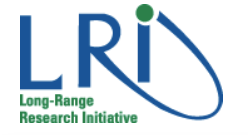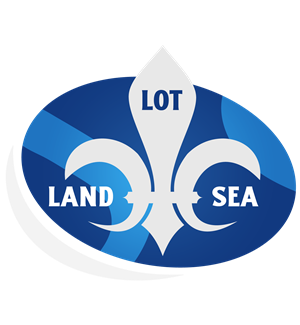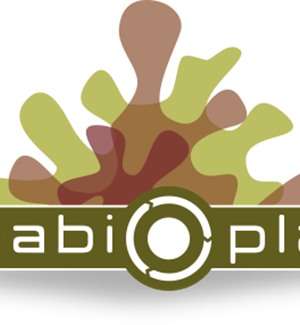- Duke University,
The ubiquitous occurrence of plastics in natural waters is a consequence of vast and increasing utilization of synthetic polymers in commercial, industrial, and consumer applications. While the implications of continuous ecological exposure to plastic particles in the nano- to micro size range (i.e. micro- and nanoplastics, MNP) are being assessed through a worldwide research effort, a significant gap remains in our understanding of polymer additives and their fate in the environment during and after plastic particle release. Additives may include synthetic organic chemicals such as dyes, antioxidants, UV inhibitors, plasticizers, and other performance-based chemicals added during or after polymerization to enhance or protect the polymer in its intended application. Also, surface coatings such as water/stain repellents (e.g. polyfluorinated alkyl substance (PFAS)-based materials) may be added to polymers (in particular synthetic fabrics) before use. Incomplete polymerization or polymer degradation of some plastics during/after disposal may also release residual or regenerated monomers, oligomers, and polymer breakdown products, which although not strictly “additives”, may pose an exposure risk to ecological receptors. Finally, inorganic or organic particulate additives are sometimes added to plastics in special applications. Examples include nanoclays in plastic films and packaging to lower gas permeability, carbon nanotubes in epoxies to create strong nanocomposite materials, and inorganic pigments in polyolefin plastics to impart durable colors. Comprehensive risk assessment of polymer additives in the aquatic environment depends critically on the ability to measure and subsequently predict exposure of sensitive receptors to these materials,. Robust models are needed to assess leaching of additives and other polymer-associated chemicals (PAC) from plastics into water and digestive environments encountered by nano-/microplastics ingested by organisms. Significant challenges exist to development of these models, including wide molecular diversity in PAC chemical space, varied and increasing types, sizes, and formulations of polymers introduced into the environment, complexity in nano-/microplastic transport and degradation in the environment, and variability in receptor organism digestive environments, among others. Here, we propose to address these challenges and create a robust and generalizable model to predict polymer additive release, transformation (where relevant), and bioaccessibility in context of realistic aquatic environments. This model will be developed based on chemical and physical properties of chemical additives, polymer materials, and leaching environments, and it will be parameterized through both incorporation of existing data available for these properties and data to be generated through laboratory experimentation. These experiments will also be designed to allow testing of the implemented model to assess veracity in realistic application. We anticipate that the fully developed model will represent a very significant advancement in our understanding of polymer additive and PAC dynamics in the aquatic environment and will be directly useful to risk assessors/managers dealing with polymer release into the environment and associated implications.
Want to analyze based on this project via our analysis tool? Analyze this project



